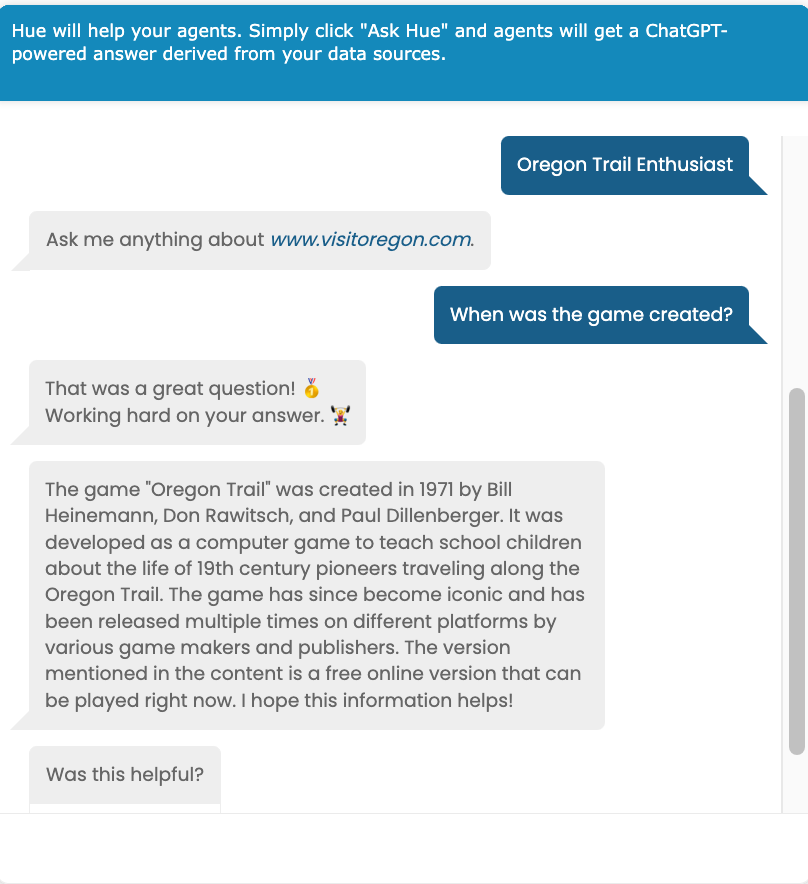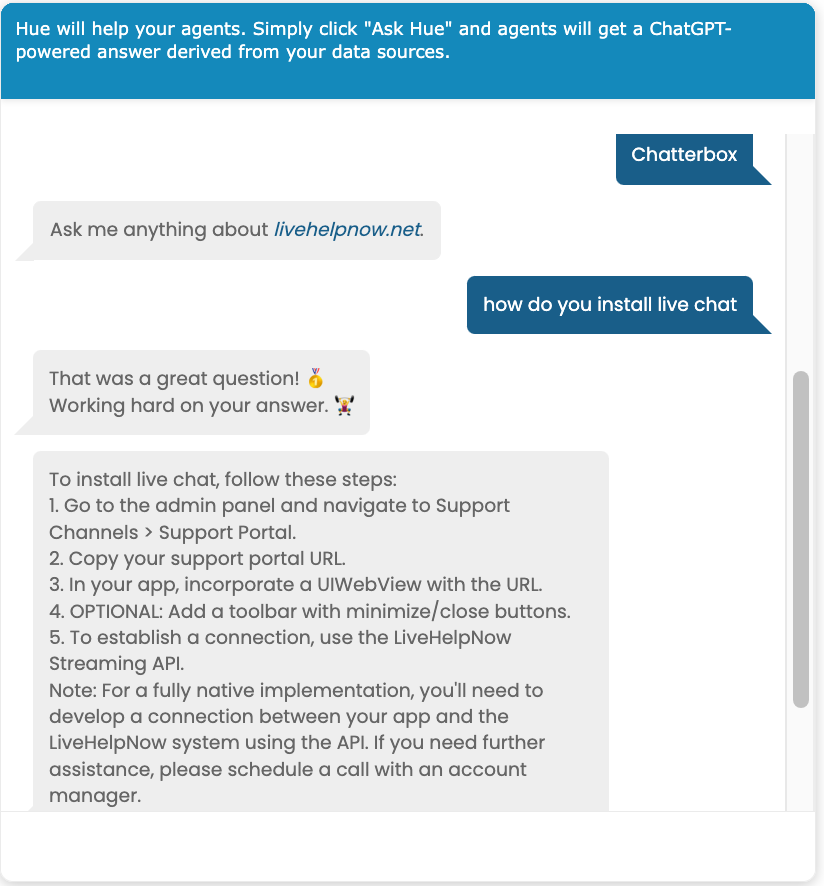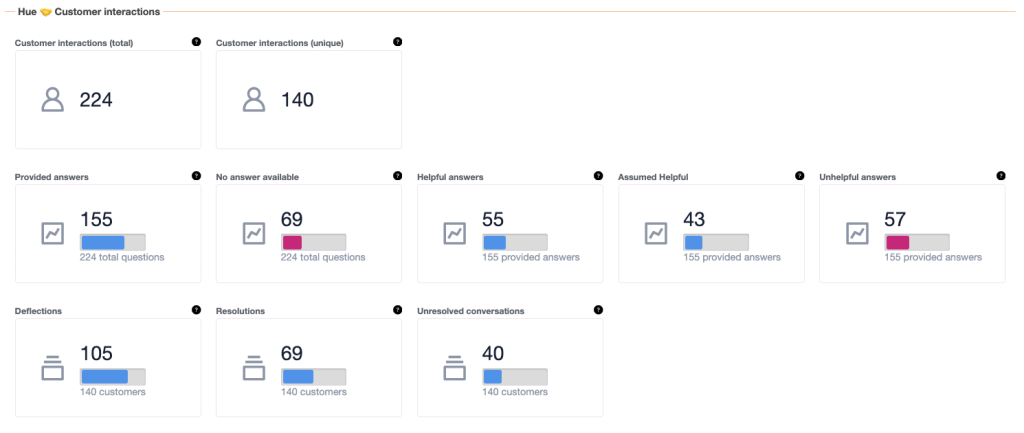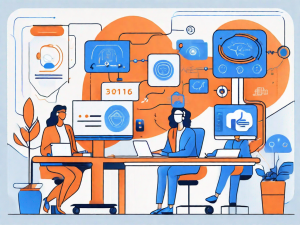Whether we like it or not AI is here and it’s here to stay. Recent innovations and improvements of Open AI’s ChatGPT (Generative Pre-trained Transformer) are changing the way businesses communicate, automate tasks, and engage with customers. While embracing the rapid changes can seem like a challenging task, business owners must educate themselves on AI use, benefits, and risks. Many are looking for best practices for using generative AI platforms, like ChatGPT.
Upon reviewing the best ChatGPT practices, potential disadvantages, and benefits, the decision to adopt the emerging AI-assisted technologies or exclude them can be made. Depending on various factors, either one of those choices may boost business growth and gain the company some competitive advantage.
Is AI Right for Your Business?
Before we dive into the overview of best ChatGPT practices, it’s important to understand how AI can impact business operations. That impact, of course, depends on the type of business, its customers’ expectations, and the available AI-assisted tech. What is right for a busy contact center with tasks that can be easily automated might not work for a mom-and-pop shop that thrives on face-to-face interactions and personal engagement.
Assigning simple, repetitive tasks to AI may aid human creativity and growth.
How can AI enhance business processes? In the article “Artificial Intelligence for the Real World,” Harvard Business Review presents findings of the success and failure of AI in the workforce. “Our survey of 250 executives who are familiar with their companies’ use of cognitive technology shows that three-quarters of them believe that AI will substantially transform their companies within three years.”
But just as many projects report more success using AI for mundane and repetitive tasks while leaving more complicated, creative priorities to humans. In other words, using AI to organize and analyze data or write an outline for a piece of content can benefit operations. Aiming to teach it to write long-form pieces of content or diagnose illness, while ambitious, might not be so effective.
AI risks impact the socioeconomic structure of society.
BLOCKQUOTE: “AI does present some significant dangers — from job displacement to security and privacy concerns — and encouraging awareness of issues helps us engage in conversations about AI’s legal, ethical, and societal implications.” (Forbes Magazine, June 2023)
In response to the rapid growth of ChatGPT tech implementation, Forbes Magazine published “The 15 Biggest Risks of AI” The list addresses various concerns that arise as an unprecedentedly fast embrace of AI tools echoes through all parts of life. Among those, dependence on AI threatens “creativity, critical thinking skills, and human intuition.” Job displacement is another area of concern. The workforce must adapt quickly to the changing tech. Loss of human connection, economic inequality, bias, and other consequences of AI implementation also present risks.
However, cautious development of AI technology can lower these risks. Examining ethical, economic, and social impacts on human lives must remain a priority. The intention behind using AI plays an important role. Its use must bring positive consequences without negatively impacting human life. When it comes to AI-generated content, using well-defined guidelines and employing best ChatGPT practices can help the responsible implementation of AI in business operations.
In this guide, we dive into the best ChatGPT practices to enhance business growth, streamline operations, and improve customer engagement.
Best Practice 1: How to Leverage ChatGPT’s Responses
One of the most compelling attributes of ChatGPT is its ability to provide human-like responses to user’s inquiries. This capability can help businesses automate tasks, enhance customer support, and optimize operations. Here are some ways to use ChatGPT’s responses effectively:
1. Automate Tasks.
Integrate ChatGPT-powered chatbots into your customer service platform to automate repetitive tasks such as answering frequently asked questions, providing automated responses during peak hours, or setting up email automation. This can help significantly reduce response times and improve the overall efficiency of customer service operations.
2. Market Research.
Using ChatGPT for market research by processing vast amounts of textual data and generating data-driven insights, can eliminate such time-consuming tasks for human staff. This can assist in making informed decisions about the target market, competitive intelligence, and market positioning. It can help create personalized marketing campaigns, and create targeted content for social media platforms (Examples: social media captions, LinkedIn posts, Instagram posts, etc.) AI-powered tools can assist with search engine optimization, financial forecasting, and creating snapshots of potential buyer markets.
3. Customer Feedback.
Customers’ opinions can make or break a business. Implement sentiment analysis using ChatGPT to analyze customer feedback and identify trends. By understanding the sentiments and preferences of your customers, you can respond effectively to their individual needs, thus enhancing the customer-centric culture of your business.
4. Employee Development.
Nothing can replace humans when it comes to creating valuable connections among employees. However, AI can help with the hiring process and, consequently, with onboarding processes. It can help craft interview questions, for example. It can analyze training data, present information for financial planning and other data-driven decisions, and result in effective communication among the workforce.
5. Idea Generation.
Human expertise and the ability to create engaging content remain crucial in the content creation process. Tech’s advancements in Natural Language Processing allow GPT tools to produce human-like content. A wider range embrace of AI content generation is still some time in the future. However, implementing AI systems to assist with certain tasks can help with key steps in a project timeline. Examples of such tasks include writing compelling headlines, creating content calendars, writing video scripts and cold emails, and more. A company might find a newly-fueled ability to boost brand awareness with fresh ideas and consistent messaging created by AI. From email drafting to planning blog posts, GPT prompts, when crafted properly, can serve as a great tool for assisting with content creation. With the integration of plugins for ChatGPT, these capabilities can be further enhanced to meet specific business needs.
Best Practice 2: How to Write Effective ChatGPT Prompts
The important part of effective ChatGPT use is to program – or prompt – the software to complete a specific task. The queries and instructions that we enter into the AI’s interface are the prompts. Writing effective, detailed, and relative prompts is one of the best ChatGPT practices to focus on when experimenting with AI.
Semrush presents a collection of prompts with some guidance in the article, “195 ChatGPT Prompts (& How to Write Your Own)” The most effective prompts share the qualities of being precise, clear, and detailed. Refining the prompts is part of the process, as AI needs as much specific information as possible.

Ensure that your prompts are clear and provide the necessary context. Specify the format you desire for ChatGPT’s output, whether it’s in bullet points, paragraphs, or lists. This clarity ensures that ChatGPT understands your requirements correctly. Add the details that must be included. Include specific keywords in your prompts to guide ChatGPT in generating relevant content. This assists ChatGPT in delivering content that lies within the intended topics.
Additionally, provide prompt examples to illustrate the desired response format. Offering examples helps ChatGPT understand your expectations and generate responses that are more aligned with your requirements. For instance, if you need product descriptions for your online store, provide a sample description as a reference point.
Best Practice 3: Human Oversight Helps Alleviate Security Concerns
While ChatGPT offers numerous advantages, there are security concerns. While many processes can be automated, humans must always remain in the process. Overdependence on technology remains one of the risks of AI use. But besides that, humans must ensure all AI-assisted practices keep information safe and secure.
Exercise caution when using ChatGPT with personal information. Avoid sharing confidential data, sensitive information, or legal terms that could compromise your business’s security. It’s crucial to safeguard sensitive information and adhere to data privacy regulations.
While ChatGPT is a powerful tool for automation, it’s essential to have human intervention in situations that require complex decision-making or handling sensitive matters. Human oversight ensures the accuracy and appropriateness of responses.
Best Practice 4: Use of ChatGPT in Customer Communications
The decision to use ChatGPT directly with customers should be made after carefully considering your business’s specific needs. Reviewing the state of customer communication is one of the best ChatGPT practices that decision-makers should not skip. Here are the key factors to contemplate:
1. Customer Readiness.
Assess whether your target audience is comfortable interacting with AI-powered chatbots (or bots in general). Some customers may prefer human interactions, while others may embrace the convenience of automated responses. Making the use of AI-powered tools by customers should be optional so that customers who prefer dealing with human representatives have the option to do so.
2. Complexity of Queries.
Test to see if your ChatGPT tools can effectively handle your customers’ queries. For routine inquiries, ChatGPT can be a valuable asset. However, for complex topics or highly personalized inquiries, a human touch may be more appropriate to ensure comprehensive and empathetic responses.
3. Cost-Effectiveness.
Consider the cost-effectiveness of using ChatGPT for customer interactions. While it excels at automating routine tasks and reducing response times, it’s essential to strike a balance between automation and human interaction to provide a positive customer experience.
4. Human Support on Hand.
Just in case the AI is unable to provide satisfactory responses to queries, it’s important to always have human agents on standby. Don’t be that company that makes it impossible to reach a human agent.
ChatGPT Success Story: Hue

Hue, LiveHelpNow’s newest product powered by ChatGPT, is an AI chatbot and live agent assistant. Best ChatGPT practices shine through Hue’s success story.
The tool sources answers to customers’ questions by using your existing data such as chat, ticket, call transcripts, knowledge base, or website.
The learning abilities Hue presents can resolve up to 80% of customer support queries instantly. This ensures lightning-fast and accurate responses without aid from human agents.

When your information changes, Hue’s answers will change as well. All this ensures lightning-fast and accurate responses without aid from human agents. The technology also allows live agents to compose quick and accurate responses to customers with one click of a button.

The dashboard above shows data from Hue’s interaction with customers. It shows the number of provided answers and their quality. At LiveHelpNow, 63% of all answers provided by the chatbot were accurate and 67% of all interactions were deflected from engagement with a live agent. And importantly, anytime a customer wanted more information, they could speak with a live agent immediately. A further deep dive into the data would show exactly how to improve the quality of the responses in a matter of seconds.
The quality of software analytics for whatever AI-assisted tools you choose is important. Knowing how many inquiries didn’t get resolved and how many resulted in a happy customer can help assess and improve customer satisfaction.
The Future of ChatGPT: Continuous Improvement and New Features
OpenAI and other software developers using the technology will continue to advance ChatGPT, continuously expanding its potential applications. As machine learning continues to advance, future innovations will likely become more proficient in handling complex topics and tasks.
Our actions today determine the direction of the future. And so remembering that in the race to raise machine intellect and create the next new tool to help humanity, we must keep in mind that humanity itself must benefit from AI. Job replacement, for example, is only permissible if the humans who normally complete the tasks AI can now do have another set of more creative and complex tasks to address. It’s important to facilitate creativity and human connection in different ways when reworking a company’s operations. Businesses should keep other risks, such as concentration of knowledge, biases, and discrimination in mind as well.
“Profound risks to society and humanity.”
The question is, do we really want artificial intelligence to become that powerful? A very important related question: Is there any way to stop it from happening? (The New York Times, Match 2023)
In their overview of AI and its future possibilities, “What is the Future of AI,” Cade Metz of the New York Times discusses the current direction of AI development. ChatGPT-like technology is already being implemented into the company’s arsenal of digital tools. From smart chatbots in legal and medical fields to content creation, website and resume building, and finding answers to customers’ questions, AI quickly enters the scene across industries.
The remedies for the risk and the negative impact on human life come in the form of understanding them fully. As businesses adopt AI for extensive use, regulations should guide users to avoid misuse, prevent overreliance, and monitor the changes AI brings to the way we work and live.
The very developers who put ChatGPT technology forward, cite its ability to bring “profound risks to society and humanity.” The notion of alignment stresses the importance of “making sure A.I. systems are in line with human values and goals.” This alignment plays a crucial role in eliminating the dangers and lessening the impact. Tests show that in certain situations AI took its “human” abilities to the next level. In one instance, a bot was able to fool a Captcha test by lying and taking on human identity. In another, AI presented bias towards certain behaviors and offered potentially dangerous advice on purchasing illegal firearms.
“It’s impossible to eliminate all potential misuses. As a system like this learns from data, it develops skills that its creators never expected. It is hard to know how things might go wrong after millions of people start using it.” (The New York Times, June 2023)
ChatGPT Use in Business: Proceed with Caution ⚠️
ChatGPT can serve as a transformative technology and can help companies achieve their business values and objectives. Businesses can harness the full potential of ChatGPT to enhance communication, automate tasks, and gain a competitive edge. In the dynamic landscape of the modern business environment, AI represents a valuable asset for those looking to innovate, engage with their audience, and streamline various processes. Creating, reviewing, and refining best ChatGPT practices when implementing new tools must become a regular practice for businesses.
Companies must exercise caution. The single best practice for using ChatGPT technology in the workplace is to do so responsibly. Aligning with human values through clearly defined intentions, sensible regulation, and close monitoring and assistance by humans, can help ensure effective AI implementation.




